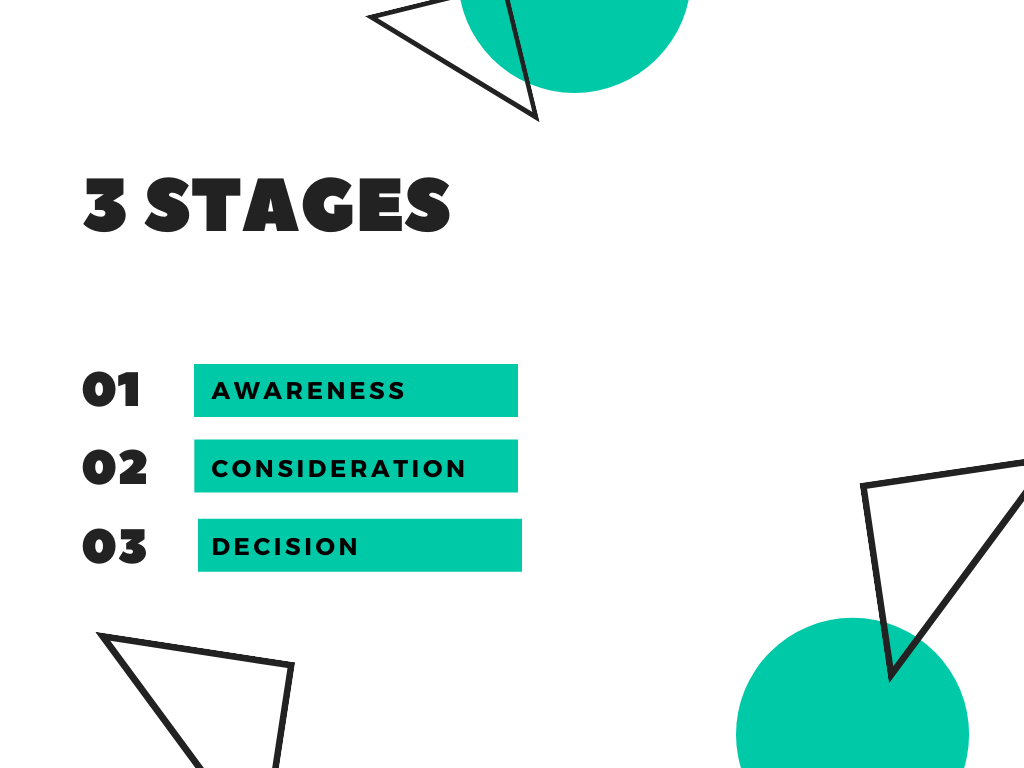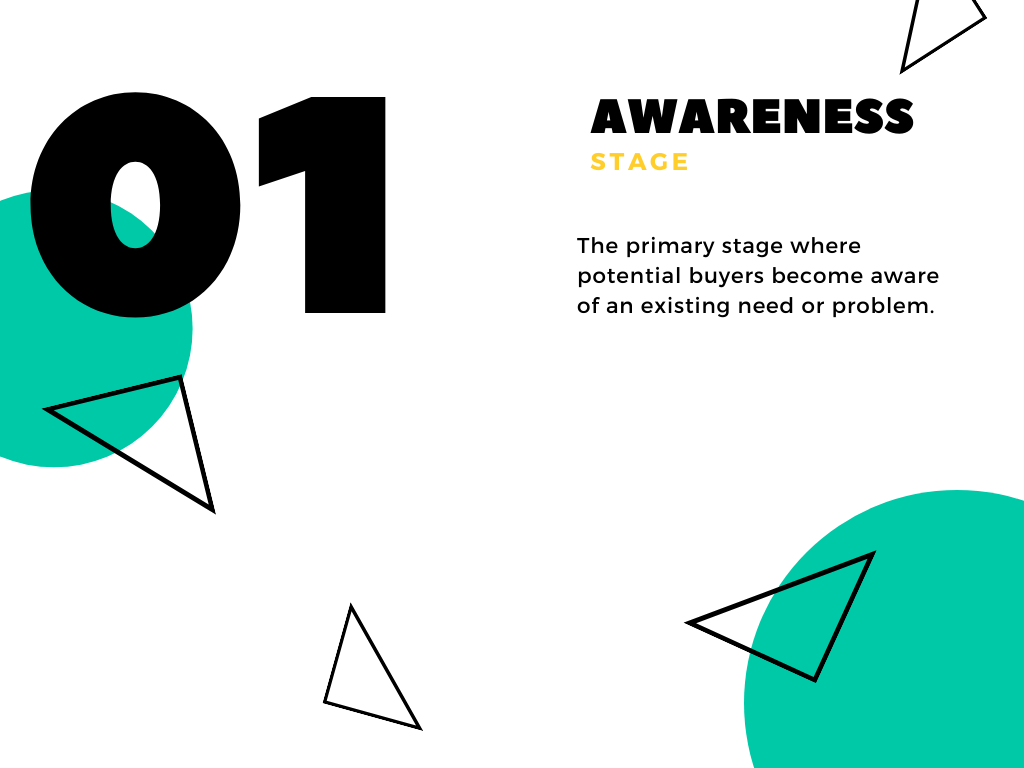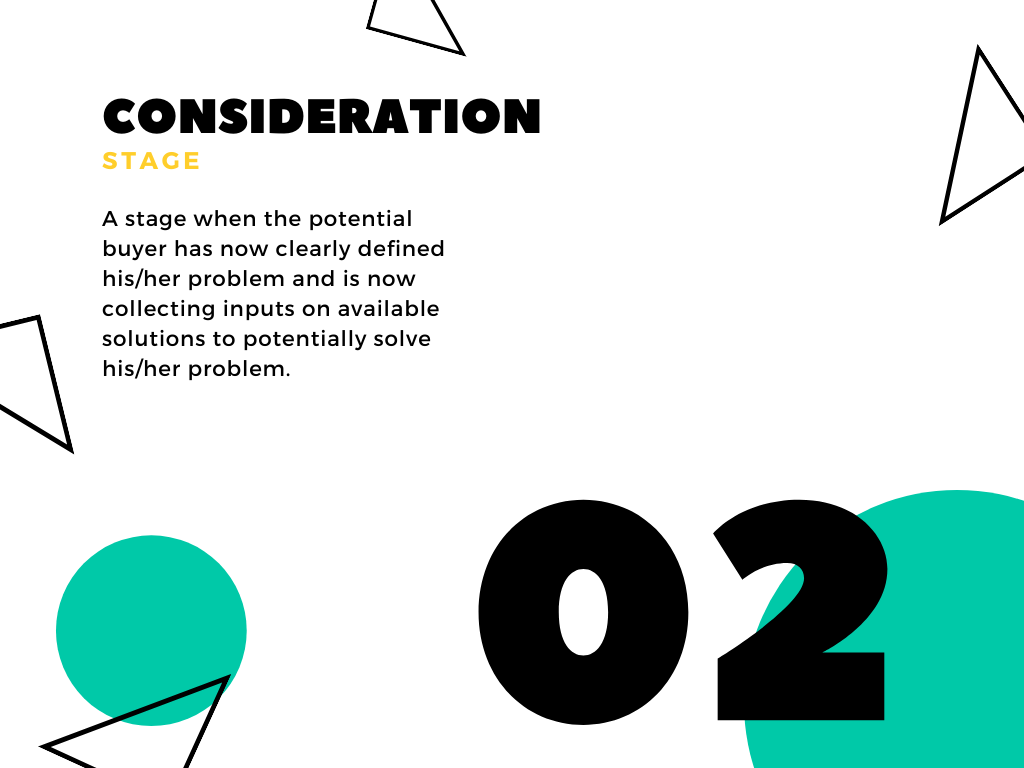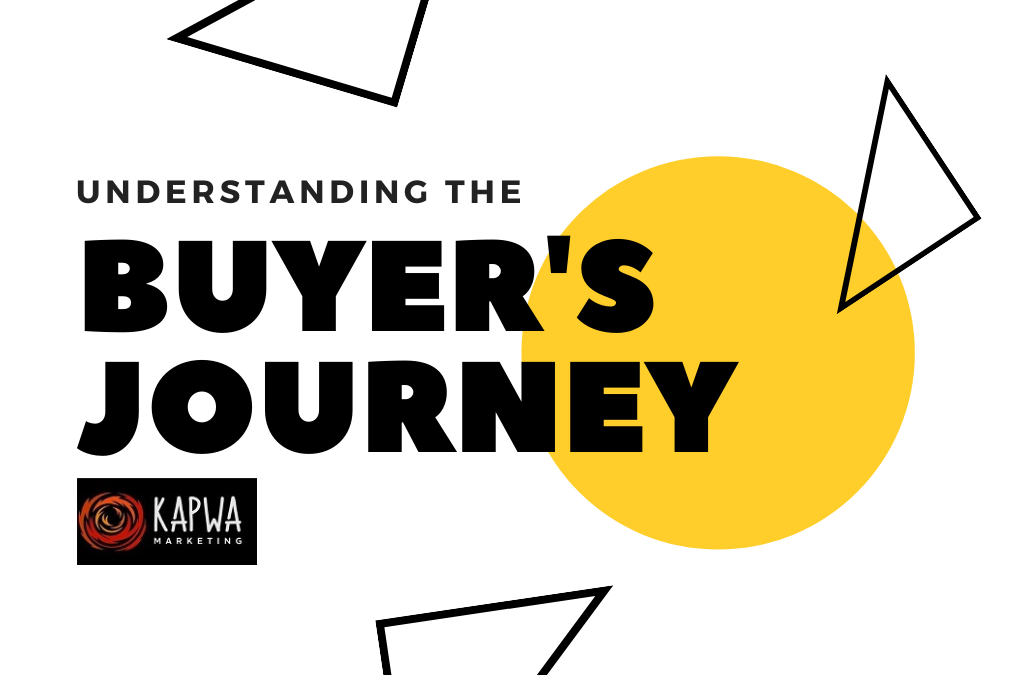The buyer’s journey is a helpful marketing model that is strongly linked to inbound marketing. Knowledge of the buyer’s journey can help marketers and businesses improve the overall buyer experience giving them a few steps ahead of the competitors.
Have you ever thought about the actions you make prior to your purchase? Were you mindful of your own buying journey when buying a product or service? What is the deciding factor that makes you buy an item? How long does it take to make a buying decision?
Just like you, all buyers go through the same process called the “buyer’s journey”.
What is Buyer’s Journey?
Before making a purchase, ideally, a buyer will go through a 3-stage buyer’s journey. Hubspot defines a buyer’s journey as “the active research process someone goes through leading up to a purchase.”
It is called a “journey” because it is comprised of series of processes towards the decision to buy a product or a service. It consists of the awareness stage, consideration stage and the decision stage.
Why is it Important to Know the Buyer’s Journey?
The 3-stage buyer’s journey is crucial in inbound marketing.
The buyer’s journey is strongly aligned with the inbound marketing strategy where marketers can effectively capture potential buyers by meeting them at the stage where the prospective buyer is. This way, the messages conveyed are directly targeted at exactly where the buyer needed help. A clear understanding of the buyer’s journey can help marketers and businesses to effectively attract, engage and delight potential customers.
3 Stages of Buyer’s Journey
The buyer’s journey is comprised of 3 stages namely the Awareness stage > Consideration stage > Decision stage.
Each of the 3 stages implies different buyer behavior, concerns and actions that businesses can work on to develop the right approach at the right time.
Let’s tackle each stage to help marketers gain a better overview of the buyer’s journey model.

First Stage: Awareness Stage
The awareness stage is the primary stage where potential buyers become aware of an existing need or problem. They do initial research to clearly identify and fully understand the problem they are trying to solve. They use varied ways to facilitate this preliminary research or a combination of self-introspection, asking someone, using the internet, reading blogs, watching Youtube videos, browse social media and many more.
At this stage, potential buyers are simply aware they have a problem. The solution is not yet defined and they are not yet considering any brand to buy. Rather, they are merely concerned about fully understanding the problem at hand and exploring any possible means to stop or solve it.
Use technology to your advantage. It’s crucial to be present online so that potential buyers will know about your brand and become aware on you can potentially help them solve their problems. Today, buyers’ access to information is just a click away because of the internet.

Second Stage: Consideration Stage
The consideration stage is the second stage whereby the potential buyer has now clearly defined his/her problem and is collecting a few possible solutions that can potentially solve their problem.
To help them decide, they are looking at a few brands and are meticulously checking on each of the product descriptions, product features, added values, customer reviews and are comparing competing brands. Before they make the next move, they check out a few options and qualify these options based on a number of factors. Of course, they want to choose the best available brand that meets or exceeds their set requirements.
At this stage, engagement with your buyer is key. By being there for them at a time when they exactly needed help can convince them that you are the better option than any other brands who are absent or non-responsive to them. At this stage, you want to make sure that you personalize the message to better connect with them on a one-to-one relationship. It sure makes a huge difference when you make them feel that you understand their problem and that you can help solve them.

Third Stage: Decision Stage
Finally, the decision stage is when the buyer is now ready to make that purchase decision. At this point, they made up their mind and have collected a list of qualified options in the market along with all the needed information to help them decide. They narrow down the list of available options and ultimately make a final decision to buy the best.
It will be helpful if marketers publish content that can help assure potential buyers of the quality of their products or services – publishing sample works, completed orders, proof of transactions or reviews of previous customers can help influence their decision.
These are the typical stages that every buyer goes through before making a purchase. This model lets marketers meet their potential buyers to where they are in their buyer’s journey. This way, you can effectively address the individual needs of buyers and guide them through the purchase decision.
Clearly, careful consideration of the buyer’s journey can potentially drive the best possible impact on the company’s sales and marketing efforts.

The Buyer’s Journey and Customer Relationship
Knowledge of the buyer’s journey can help facilitate customer relationships that can easily convert buyers to loyal customers. When buyers feel that they are supported and guided through the buying process, they develop a meaningful customer relationship with the business that none of your competition can match.
Customer relationship is a powerful differentiation that can yield long-term results. These happy customers can become a “walking advertisement” that will effortlessly share positive words about your business to their friends, family and share posts on social media.
Personalizing the buying experience can positively position your brand as the most credible and capable brand to solve their problem.

